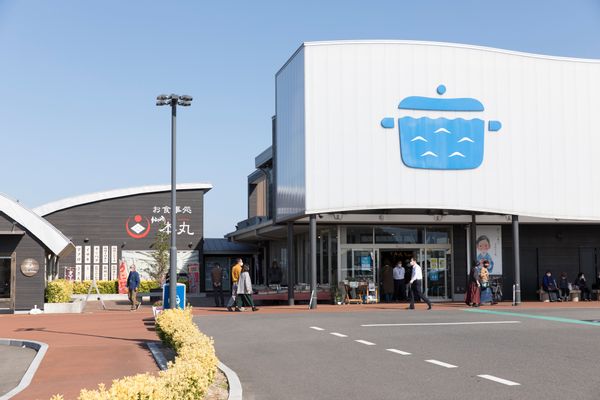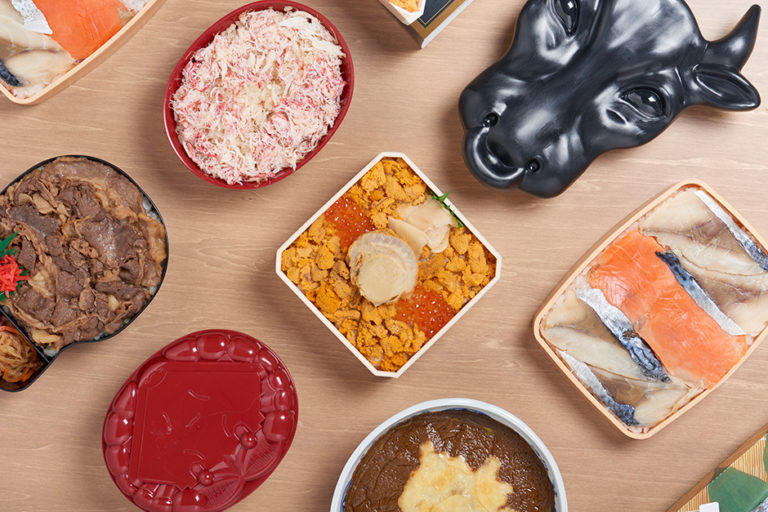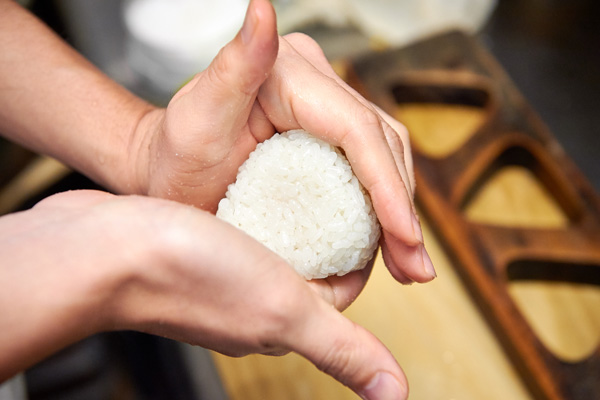Nagato Yuzukichi Plays a Principal Part in Meals
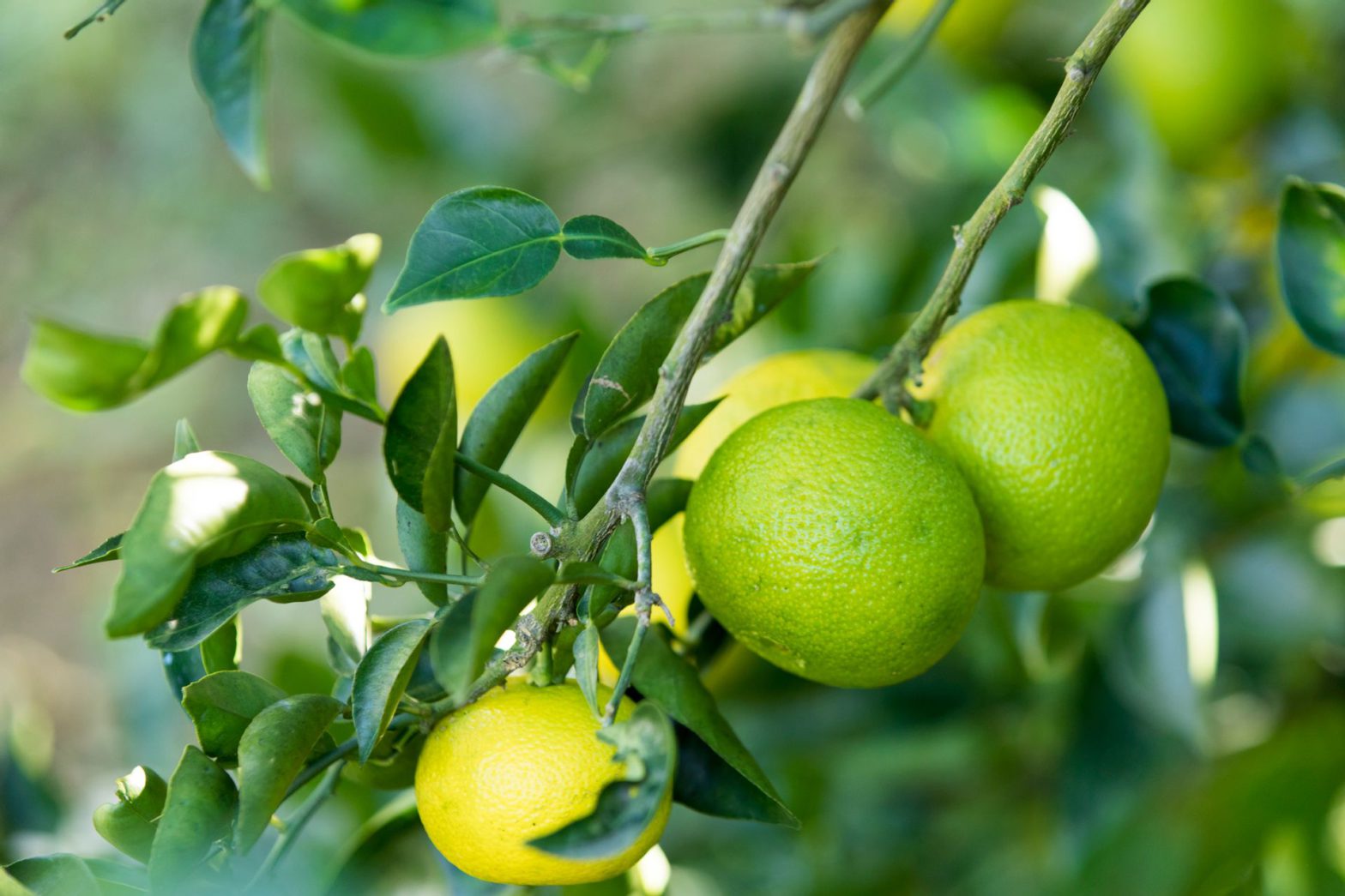
The northern area of Yamaguchi Prefecture is perfect for indigenous citrus fruits
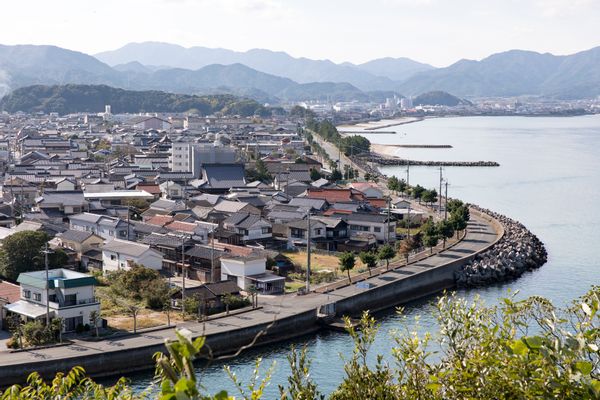
The city of Nagato, facing the Sea of Japan in Yamaguchi Prefecture, is known for Senzaki, the birthplace of the nursery song poet Misuzu Kaneko, and Omijima Island, which is known as the “Alps of the Sea” with its breathtaking views of the peninsula and unique rock formations. The region is blessed with tourism resources, such as its southern climate, the surfers beach “Ohama” with its emerald green waters and white sands, and the five hot springs within the city.
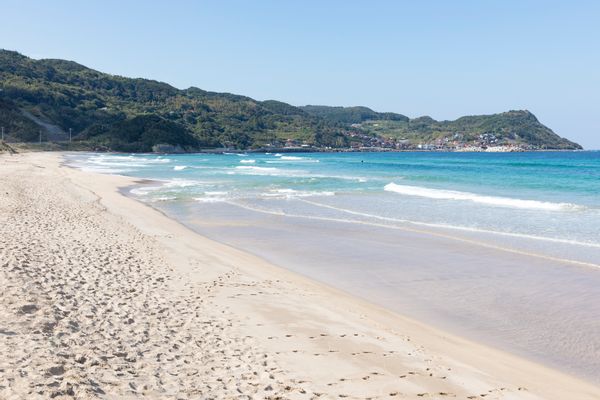
The Kitaura region is also home to citrus fruits. It is an area with indigenous citrus fruits due to the warm climate by the Tsushima current, and people had harvested citrus fruits in their gardens and used it in place of vinegar from the past.
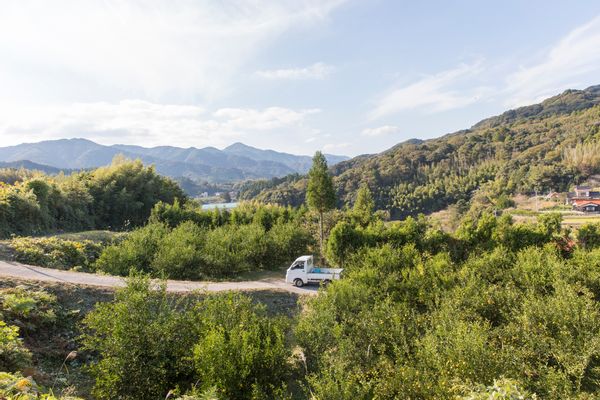
For instance, the prefectural flower for Yamaguchi is the summer tangerine, and the original tree is located in Oohibi in the Omijima region of Nagato. Legend says that seeds of fruit washed ashore here during the middle of the Edo period (1603–1868) were sown, and the summer tangerines harvested throughout Yamaguchi Prefecture are all offspring of this original tree.
Traditional citrus fruit with mysterious roots—Nagato Yuzukichi
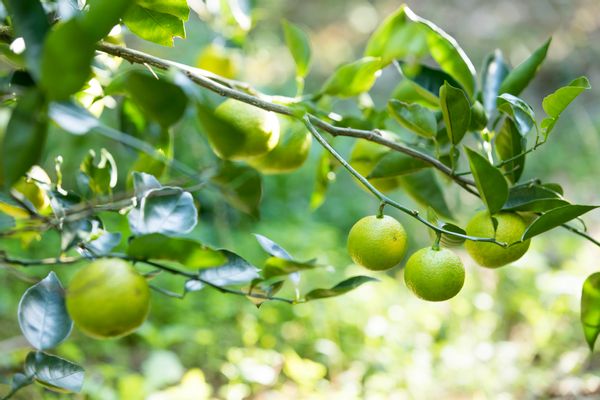
On the other hand, there are also citrus fruits that have been harvested in home gardens from the olden days called Yuzukichi or Ujukitsu. The origin of these fruits is not clear. However, it seems as though they are from the same family as Kabosu and Sudachi citrus fruits, which have dark green colors and are categorized as aromatic acid citrus (which means they are too acidic for raw consumption).
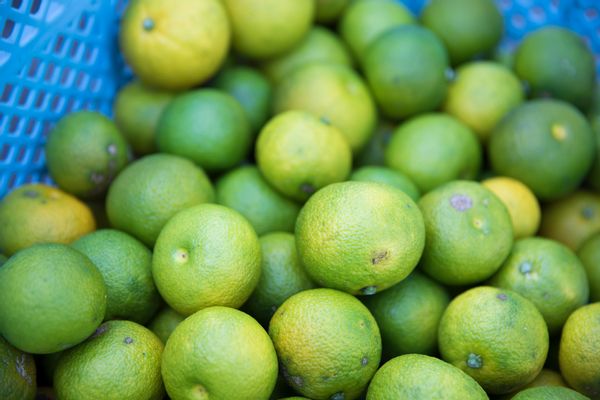
In 1967, the leading researcher in citrus fruits, Professor Yuichiro Tanaka, conducted a DNA test and confirmed that the Nagato citrus was a different type from the Yuzukichi/Ujukitsu fruits. With this, Professor Tanaka proposed “Naming the fruit Nagato Yuzukichi, as it was born in Nagato and is better than Yuzu citrus.” This launched the commercial harvesting of the fruit as Nagato Yuzukichi.
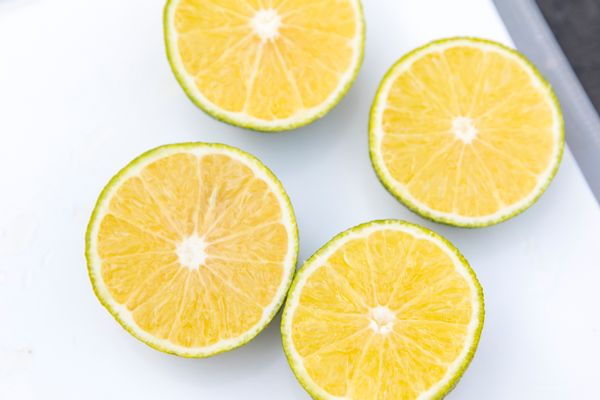
Nagato Yuzukichi started being grown in earnest around 1965 to 1974 at the former Tamagawa, Abu District (currently the city of Hagi) where the original tree was located. As Japan’s policy of reducing acreage under cultivation continued during this time, crops spread to the neighboring areas as well. The Nagato Yuzukichi was registered as a regional collective trademark in 2007, as a regional brand using the Nagato location name.
Visiting an Orchard in Tawarayama, Nagato
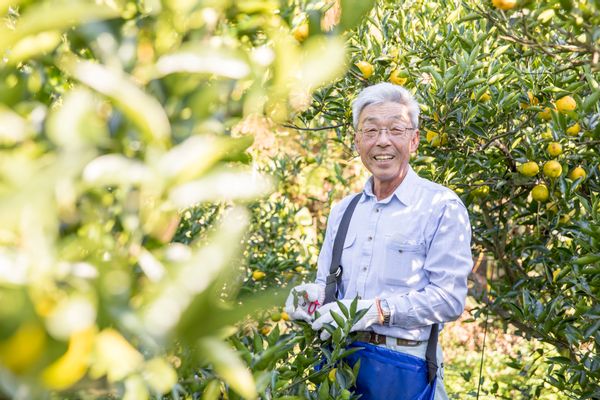
We visited Tanoshi Yoshimura, a farmer in the Tawarayama region of Nagato. Yoshimura switched over from harvesting chestnuts to Nagato Yuzukichi between 1998 and 2007, and is a member of the Nagato Yuzukichi Society.
“I learned about Nagato Yuzukichi native to Yamaguchi Prefecture in 1998, when I was contemplating changing my crops. I liked that the name included the region’s name in it, so I decided to harvest them. It all started with a sapling borrowed from the Hagi citrus experiment station. My orchard yields approximately 20 tons of the fruit, so most of it is consumed within Yamaguchi—it is a local citrus for local consumption. The city of Nagato is blessed with an abundance of seafood, and eating minced fish with Yuzukichi ponzu vinegar has been popular from a long time ago,” says Yoshimura.
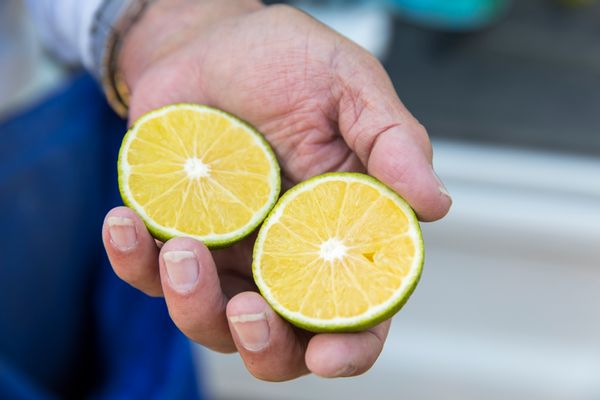
Yoshimura cut a freshly-picked piece of fruit from his orchard. Although the exterior of Nagato Yuzukichi looks similar to Sudachi citrus fruits, it has a thinner white skin with a lot of fresh juice that drips from the fruit. Another feature is its lack of seeds, allowing consumers to squeeze the fruit with their hands to enjoy the juice. The bright green fruit just before it is fully ripe has a milder acidity than lemons or Sudachi citrus, with a refreshing aroma.
“Nagato Yuzukichi fruit has less seeds and is extremely juicy. It does not get in the way of other flavors, even when added to broiled fish or meat dishes, which is one of its great charms,” adds Yoshimura. He also recommends freezing Nagato Yuzukichi fruit and grating it whole with the rind, as a tasty topping for boiled tofu or as an addition to shochu (alcohol distilled from yams) when drinking.
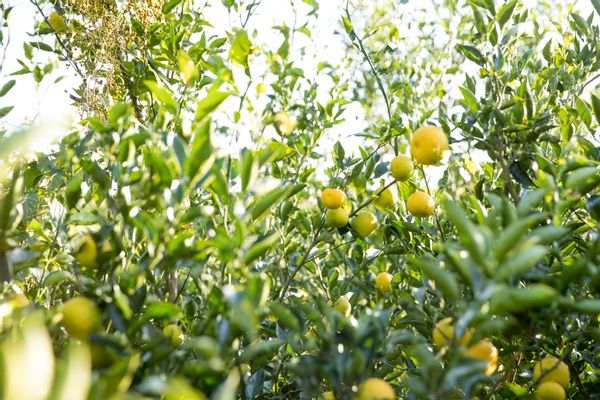
“The skin of Nagato Yuzukichi has an especially rich amount of beta-carotene, which offers excellent antioxidant effects. It works to keep the immune system healthy, so I highly recommend using the rind as well.”
The peak of Nagato Yuzukichi shipping is right after the Obon period in August, earlier than Kabosu or Sudachi fruits. For this year, fresh Nagato Yuzukichi shipments ended in mid-October. However, there were many pieces of fruit starting to turn slightly yellow still left in Yoshimura’s orchard when we visited.
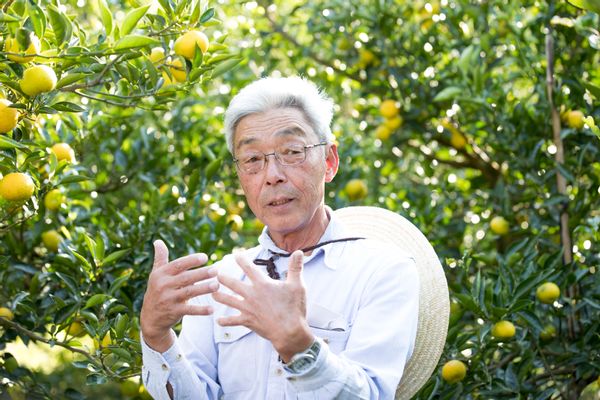
“As the fruit turns color, the sugar level rises and acidity wanes slightly, so the green fruits are more popular. However, these yellow fruits are also shipped out as Yuzukichi Komachi.”
As November comes around, the fruit enlarges to a diameter of over five centimeters. Its taste becomes milder and offers different ways of consumption. We were told that products for winter hot pot dishes or local hot drinks were being considered. Yoshimura and other producers launched a group for Yuzukichi processed goods five years ago, and have started selling bottled juices. Visitors to the roadside station Senzakitchen can find various processed goods from the group here.
Nagato Yuzukichi is popular for its various processed goods and diverse uses
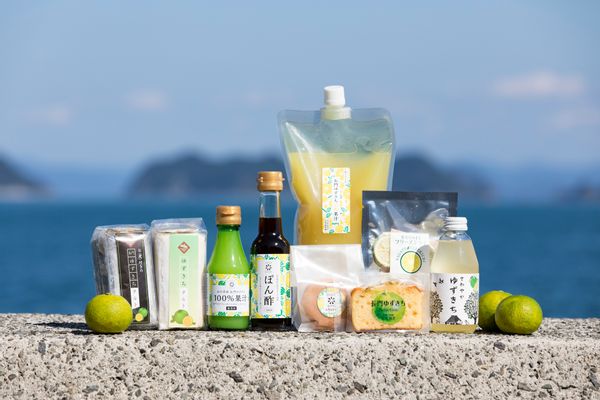
Senzakitchen, which is located next to the Senzaki Port, offers a many unique Nagato Yuzukichi products in its spacious sales area.
There is Yuzukichi Juice with added sugar for a refreshing acidity, staple products such as Nagato Yuzukichi Ponzu with Yuzukichi juice, sea kelp extract and shoyu and other diverse products such as sweets including marmalade, candy, tarts, jelly and ice cream.
Also only found at this roadside station are udon noodles with a hearty topping of Yuzukichi slices.
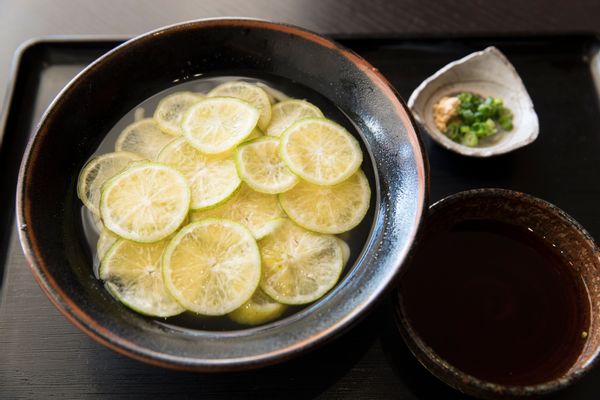
Additionally, local izakaya (traditional Japanese bars) often feature drinks such as Yuzukichi sour or Yuzukichi rickey. Generous portions of delicious juice provide a mild acidity and aroma that makes the drinks go down fast.
Do not forget to try Nagato Yuzukichi, only found in this region, when visiting the city of Nagato!
Nagato Yuzukichi
Source:Nagato Yuzukichi Society Tanoshi YoshimuraPeak Season
Mid-August to October
Tips
Golf ball-sized to fruit approximately seven centimeters in diameter, with smooth-looking rinds
How to enjoy them
Squeezed raw as condiments for broiled fish or meat dishes
Frozen and grated, rind and all, as toppings for boiled tofu or to be added to shochu

